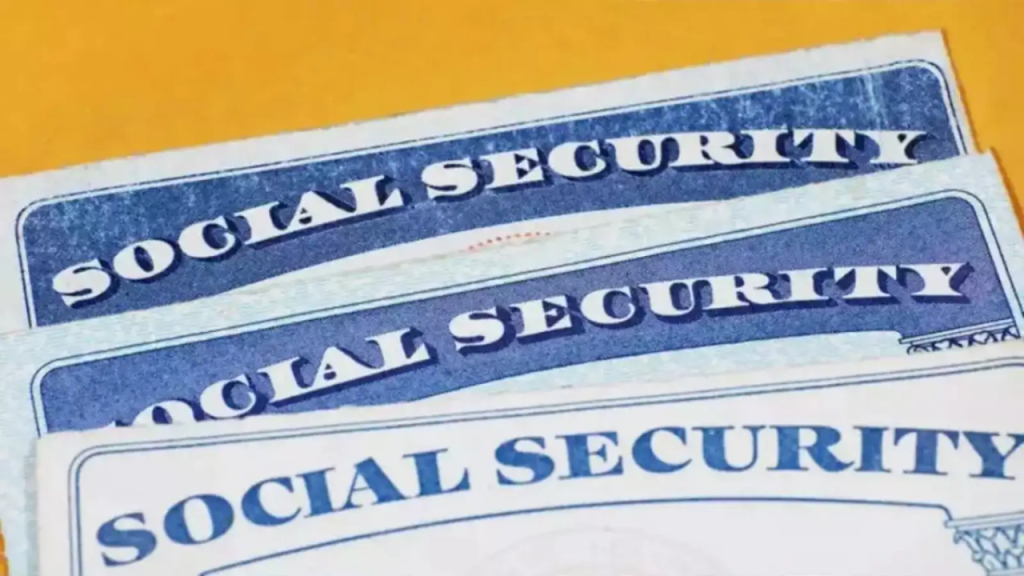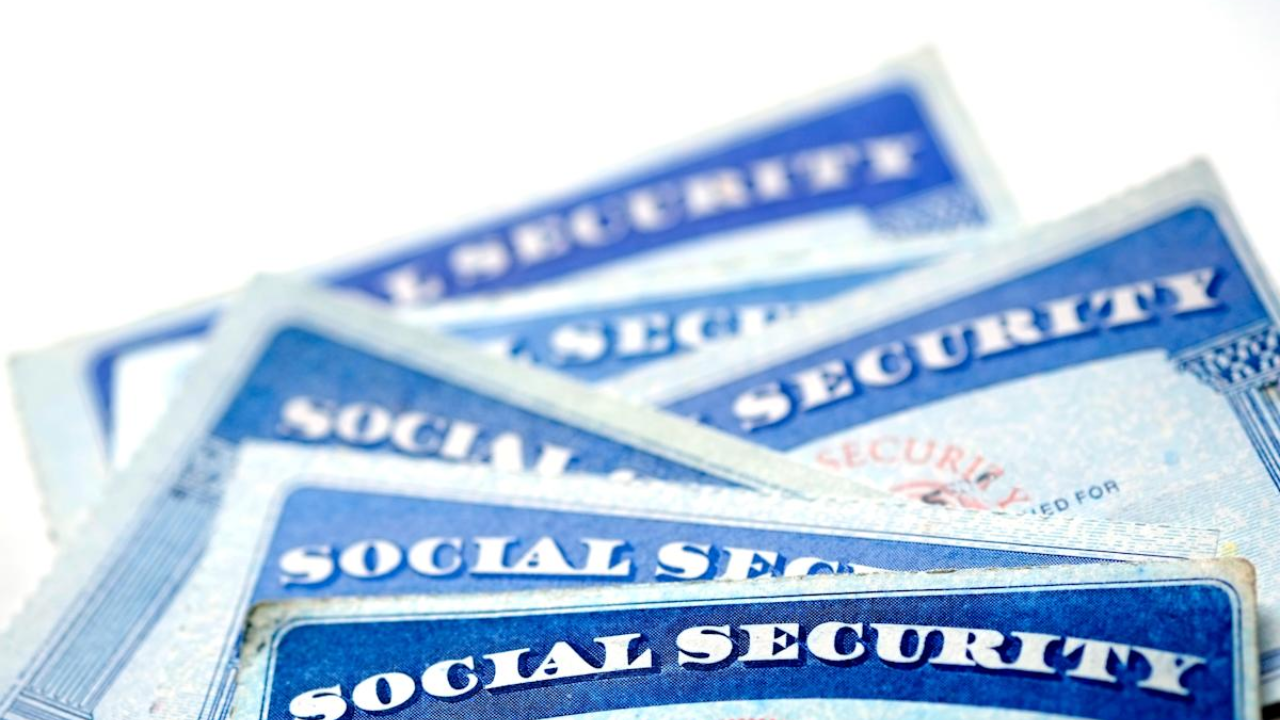As May draws to a close, millions of Americans who rely on Social Security benefits will be receiving their third and final round of payments for the month. The Social Security Administration (SSA) follows a strict monthly payment schedule based on beneficiaries’ birthdates, and this upcoming payment is set to be deposited on Wednesday, May 28, 2025.
Understanding the Social Security Payment Schedule
Social Security payments are typically distributed three times each month, with the exact date depending on when the beneficiary’s birthday falls. This system helps the SSA manage the distribution of benefits evenly throughout the month.
For May 2025, the payment schedule is as follows:
- May 14: Payments for beneficiaries with birthdays from the 1st through the 10th.
- May 21: Payments for beneficiaries with birthdays from the 11th through the 20th.
- May 28: Payments for beneficiaries with birthdays from the 21st through the 31st.
The upcoming payment on May 28 will complete the cycle for this month, ensuring that all eligible beneficiaries receive their funds.
Special Considerations for Early Benefit Recipients and SSI
For some individuals, the payment schedule differs slightly. Those who began receiving Social Security benefits before May 1997 or those who receive both Social Security and Supplemental Security Income (SSI) are paid on the first of the month, or the closest business day if the first falls on a weekend or holiday.
Due to May 3, 2025, falling on a Saturday, this group received their May payments early on Friday, May 2. Additionally, SSI recipients will see their June 2025 payments issued early on Friday, May 30, because June 1 falls on a Sunday.

What Amounts Can Beneficiaries Expect?
The amount of each Social Security payment varies widely depending on the beneficiary’s work history, lifetime earnings, age at retirement, and whether they qualify for disability benefits or Supplemental Security Income.
- The average monthly retirement benefit is approximately $1,907.
- The maximum possible benefit for those who delay retirement until age 70 can be as high as $5,108.
- Social Security Disability Insurance (SSDI) beneficiaries may receive different amounts based on their eligibility and earning records.
What to Do If You Don’t Receive Your Payment
If you expect to receive a Social Security payment on May 28 but it does not appear in your bank account by the end of the day, the SSA recommends first checking with your bank or financial institution, as some banks may post payments late in the day or with a slight delay.
If after three business days the payment still hasn’t arrived, beneficiaries should contact the Social Security Administration directly at 1-800-772-1213 or visit their SSA Contact Page.
Why Does the SSA Use This Birthday-Based Schedule?
The SSA’s payment schedule is designed to distribute benefits in a way that helps reduce administrative burden and spread out the volume of transactions across the month. This system also provides predictability and convenience for beneficiaries, who can anticipate their payment dates based on their birthdate.
Impact of Payment Timing on Beneficiaries
For many retirees and disabled Americans, Social Security benefits constitute a vital part of their monthly income. The payment schedule ensures steady cash flow throughout the month, helping beneficiaries manage household expenses such as rent, utilities, groceries, and medical costs.
Understanding when to expect payments can help recipients plan their budgets accordingly.
CONCLUSION
As the third payment cycle of May approaches, millions of Americans should prepare to receive their Social Security benefits on May 28. Keeping an eye on your bank account and knowing your payment date can prevent unnecessary worry or confusion.
For more information on Social Security benefits, eligibility, and payment schedules, visit the Social Security Administration’s official website at ssa.gov.


